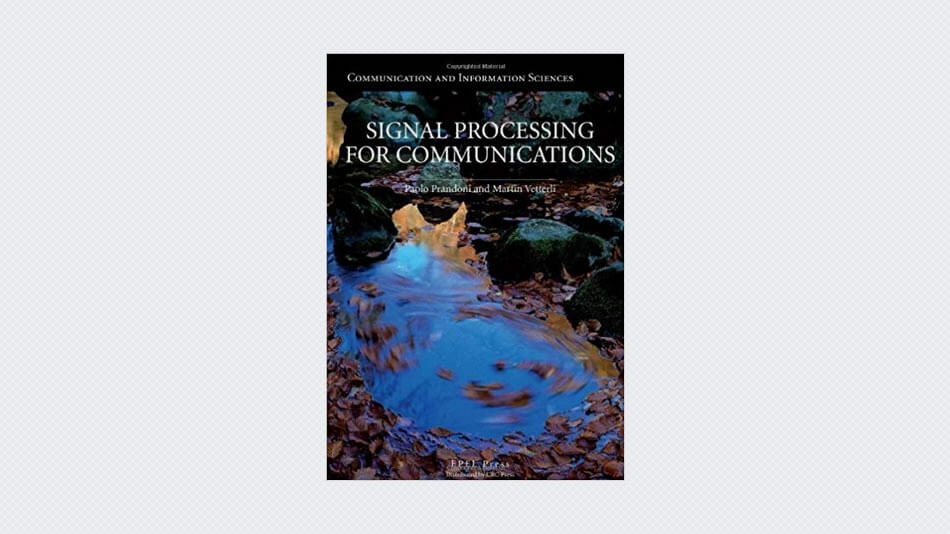The present text evolved from course notes developed over a period of a dozen years teaching undergraduates the basics of signal processing for communications. The students had mostly a background in electrical engineering, computer science or mathematics, and were typically in their third year of studies, with an interest in communication systems. Thus, they had been exposed to signals and systems, linear algebra, elements of analysis (e.g. Fourier series) and some complex analysis, all of this being fairly standard in an undergraduate program in engineering sciences.
The notes having reached a certain maturity, including examples, solved problems and exercises, we decided to turn them into an easy-to-use text on signal processing, with a look at communications as an application. But rather than writing one more book on signal processing, of which many good ones already exist, we deployed the following variations, which we think will make the book appealing as an undergraduate text.
- Less formal: Both authors came to signal processing by way of an interest in music and think that signal processing is fun, and should be taught to be fun! Thus, choosing between the intricacies of z-transform inversion through contour integration (how many of us have ever done this after having taken a class in signal processing?) or showing the Karplus-Strong algorithm for synthesizing guitar sounds (which also intuitively illustrates issues of stability along the way), you can guess where our choice fell.
- More conceptual: We could have said ‘more abstract’, but this sounds scary (and may seem in contradiction with point 1 above, which of course it is not). Thus, the level of mathematical abstraction is probably higher than in several other texts on signal processing, but it allows to think at a higher conceptual level, and also to build foundations for more advanced topics.
- More application driven: This is an engineering text, which should help the student solve real problems.




